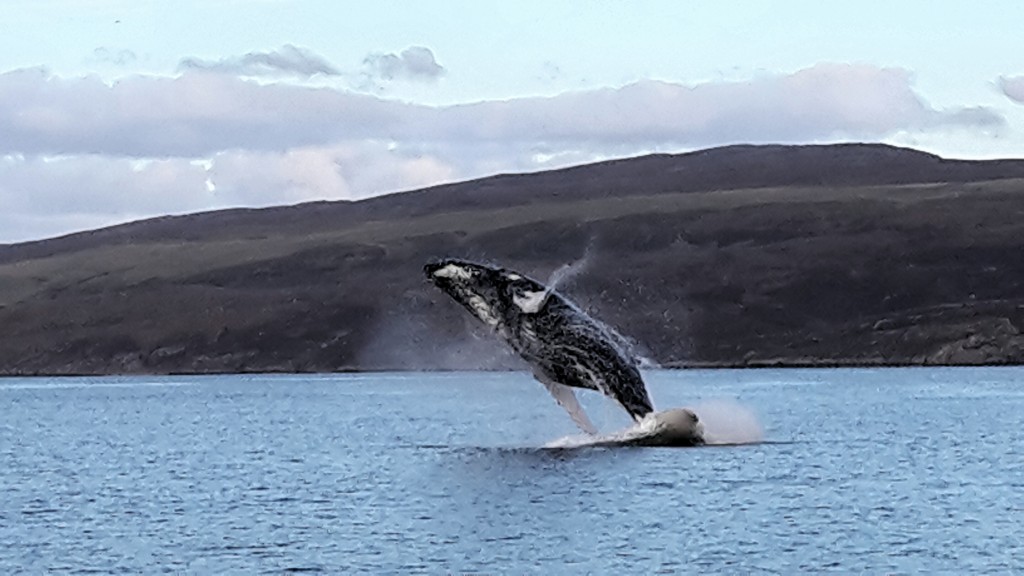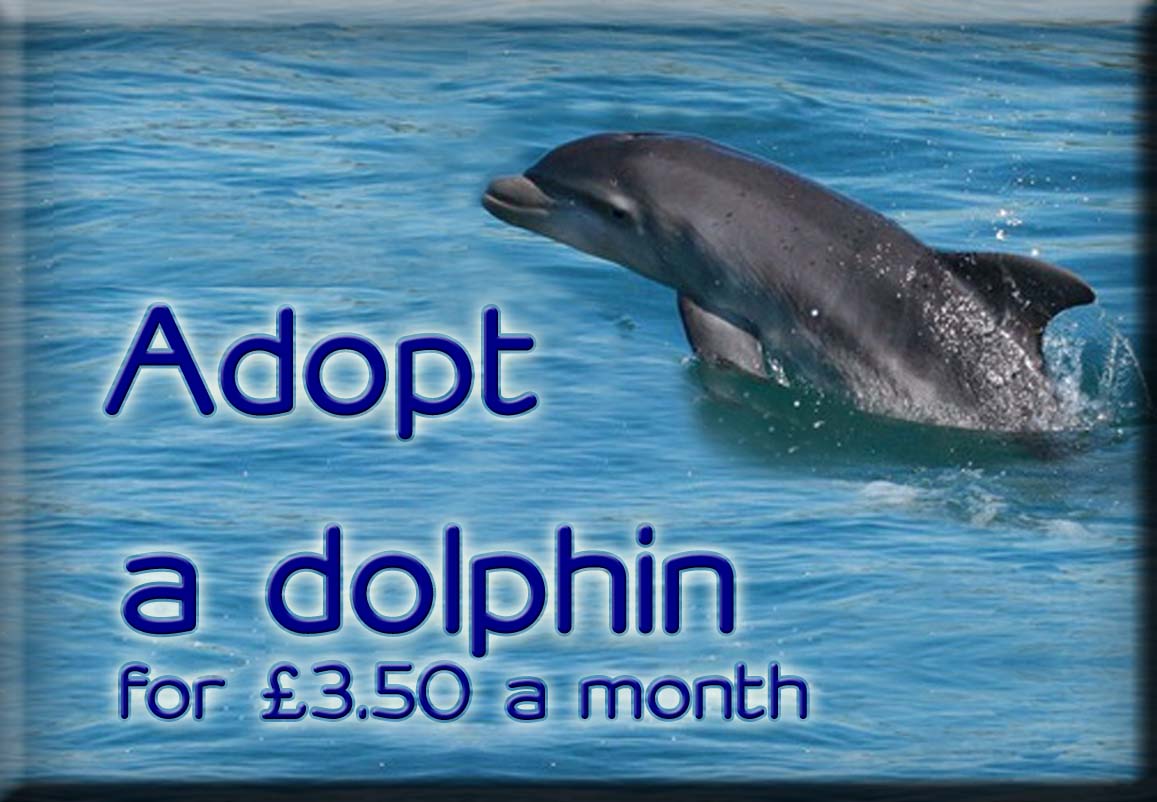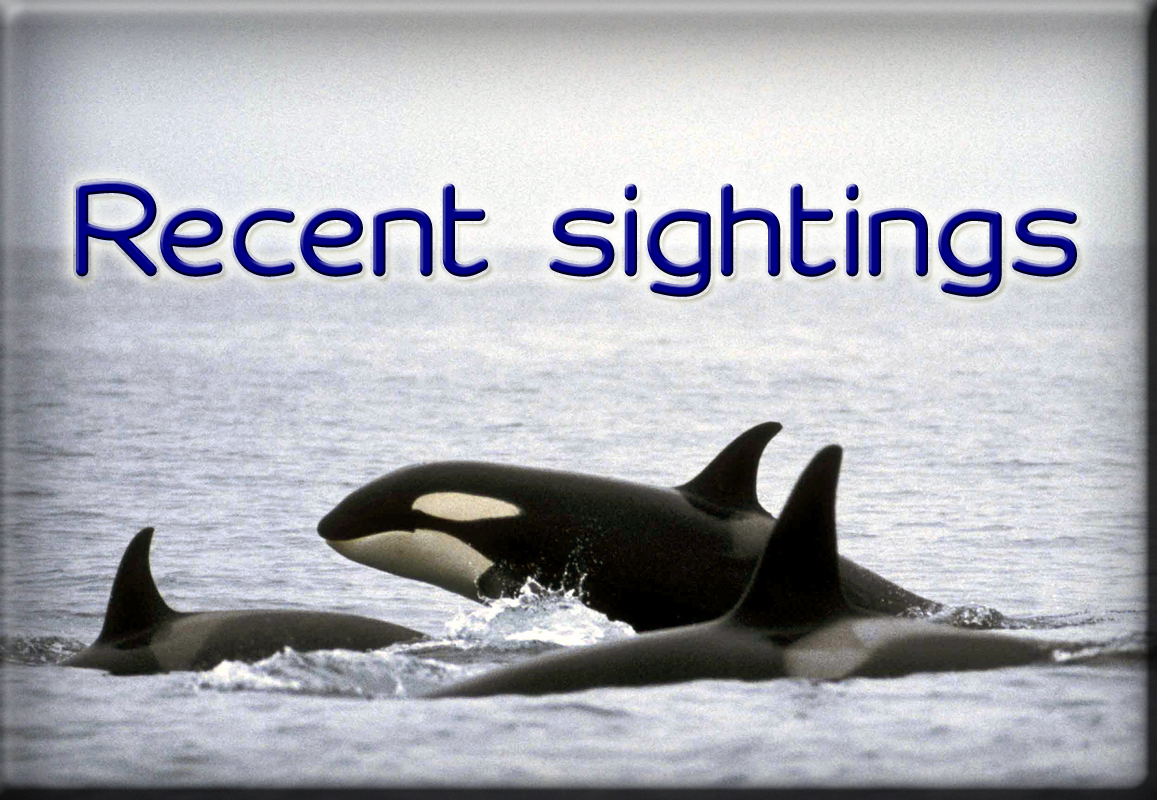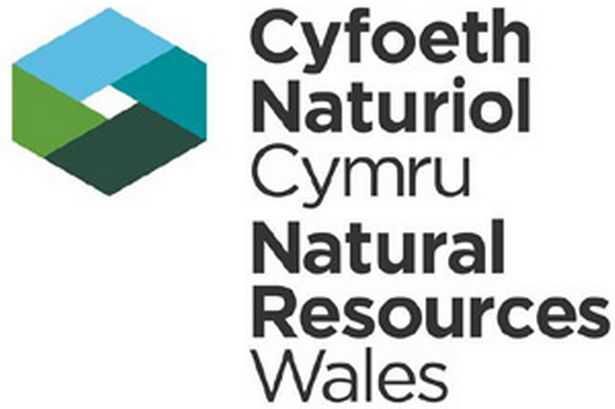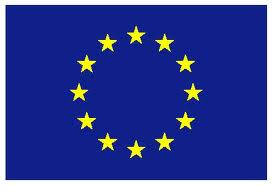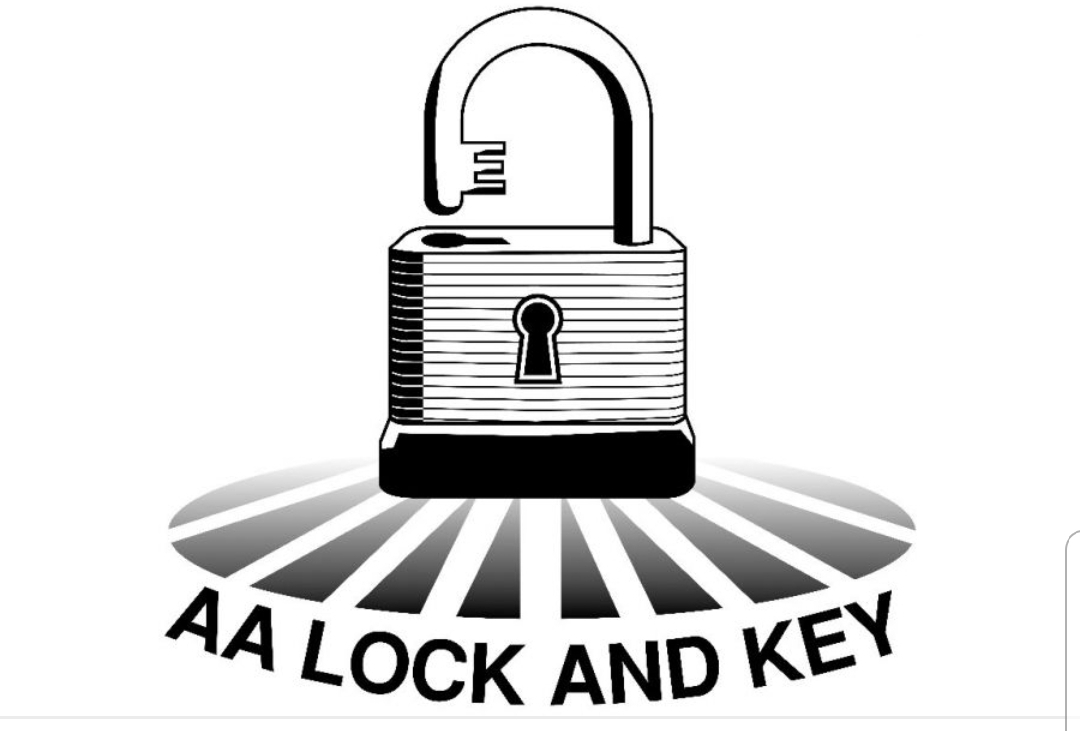Did you know that in the past few weeks there have been humpback whales that you could watch directly from the coast?
Starting on October 22nd between the Isle of Skye and Raasay in West Scotland, people have been watching a lone humpback as it breaches and splashes around just metres from the shore. The Norfolk coast has also played host to another individual humpback which has also been visible from the shore, if a little further off.
Records of both of these sightings were submitted by local observers to Sea Watch Foundation. Using our huge data set, spanning some forty years, we are able to inform policy on how best to conserve these species given all the changes happening around our coasts.
The first sighting of the Scottish humpback was submitted by local wildlife tour operator Andy McLean of Skye Wildlife Tours. Using his accompanying photographs, we were able to confirm that this was in fact a humpback whale, and the animal then stayed around. Humpback whales have been increasing in UK waters in recent years following their massive decline during the whaling era of the first half of the last century.
In the past ten years, humpback whales have been seen on nineteen occasions around the Isle of Skye and nearby waters. In 2004 a humpback spent more than two weeks in the waters off Southern Skye during mid-August; on the 7th September that same year, another (or perhaps the same individual) was seen far offshore South Uist. The next sighting was during October of 2006 in the Firth of Clyde and then a month later a lone animal spent five days in between Raasay and South Rona. The following year, a humpback was spotted in the waters between northern Skye, South Rona and Gairloch. There was a two year gap until the next sighting in 2009 when a single humpback made an appearance off Gairloch in early June and an individual spent six days off Neist Point, Western Skye, towards the end of the month. In August of 2009 a lone humpback was spotted between Iona and the Scottish mainland. The next sighting was in July of 2010 when a humpback was seen from Tiree towards Mull. A few days later a single whale was also seen from Camas Tuath, Mull. The year 2012 saw numerous sightings, starting in Loch Fyne towards the end of March, then off Portree in early April, and off Stoer Head for two days in May. Later that year, in late August and early September, two separate sightings were made in Loch Long and in October one humpback was recorded in the Firth of Clyde. Last year (2013) was quieter with a sighting of four humpbacks east of Pabay on 28th September, and a single humpback at Stoer Head a day later. In August of this year, two humpback whales were filmed breaching just off Stoer Head, Sutherland.
Following on from the initial report of the latest Hebridean humpback, we received several reports of the animal from locals and tourists alike. Local fisherman, Brian Wells, was even able to get a close up shot on his mobile phone which goes to show just how obliging this animal has been for its observers. The image has since gone viral on social media sites in this land of whale lovers.
Those who caught sight of this breaching humpback photo over Facebook and Twitter may not realise that an individual has also been observed off the Southeast of England since October 23rd. Initially spotted from Minsmere in Suffolk, probably the same humpback has been watched off the Norfolk coast over the course of last week.
Sea Watch maintains a UK-wide catalogue of images of individual humpbacks (recognisable by the pattern of the undersides of their tail flukes, and the shape and markings upon the dorsal fin). Sea Watch Director, Dr Peter Evans says that “so far we have not found a match with any other humpback individual for the Skye animal whilst we have not received any pictures yet of the tail fluke of the Norfolk animal. Humpbacks only show their tail flukes when they are making a fairly deep dive, and the waters off East Anglia are relatively shallow so unfortunately we may not get this opportunity.”
“The presence of these two humpbacks close to the coast almost certainly heralds the presence of large quantities of food, and shoals of both herring and sprat (known favoured prey of the species) have been reported in those areas,” continued Dr Evans. “Additionally, minke whales have been seen both off Norfolk and West Scotland in the same area as the humpbacks.”
It would seem that the Southeast coast is something of a cetacean hotspot at the moment, with twenty long-finned pilot whales seen on Monday from Kelling and a sighting thought to be of this species of a further twenty reported from Dunwich back on October 20th.
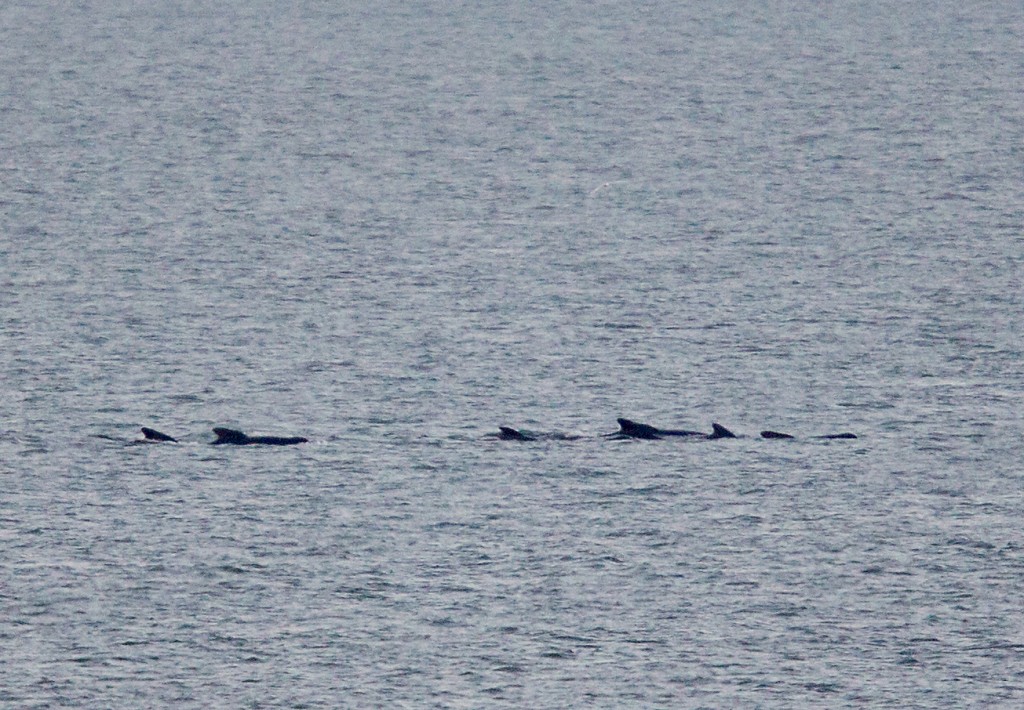
Long-finned pilot whales photographed off Weybourne by Sea Watch Regional Coordinator, Carl Chapman.
The pilot whales have since been filmed by George Baldock and kindly shared with us by the North Norfolk National Trust, click here to view.
Carl Chapman, Regional Coordinator for Sea Watch Foundation, spotted both the Suffolk humpback and the Kelling pilot whales. “Chuffed to bits” was his expression after recording Suffolk’s second only humpback whale sighting since the records began.
The first record of a humpback whale in this region was just last year, on September 13th 2013. Initially spotted off the Sufffolk coast from Dunwich, it would appear as though the same animal was re-found off Norfolk, on 29th October. The whale was sighted feeding between Minsmere in Suffolk and Happisburgh in Norfolk until 14th November.
Carl and others all around the UK coast spend time looking for cetaceans to report to Sea Watch. They submit their casual sightings as well conducting timed watches to see what ocean greats we have on our doorstep. You can join the invaluable work of the Sea Watch volunteers and help expand our scientific knowledge of the UK’s whales, dolphins and porpoises. Sightings can easily be submitted online at www.seawatchfoundation.org.uk/sightingsform/ and you can also talk to us about taking part in timed watches. Contact our Sightings Officer, Kathy James (kathy.james@seawatchfoundation.org.uk) if you’d like to get involved further.

